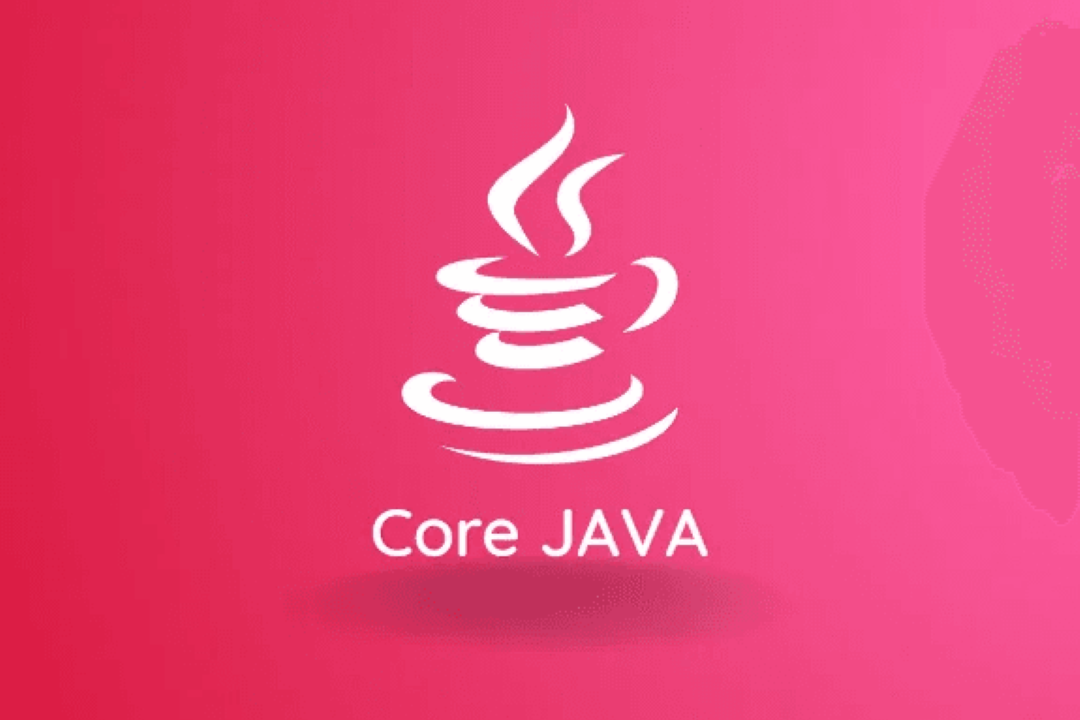How to Read JSON File in Java
Java: How to Read a JSON File Easily
How to Read JSON File in Java
Reading JSON files in Java is useful for processing data in a structured format that is easy to work with. JSON is a popular data interchange format that is lightweight and human-readable, making it ideal for transferring data between systems. In Java, you can use libraries such as Jackson or Gson to parse JSON files easily. By reading JSON files, you can extract and manipulate data in a programmatic way, enabling you to perform various data processing tasks efficiently.
To Download Our Brochure: https://www.justacademy.co/download-brochure-for-free
Message us for more information: +91 9987184296
1 - JSON (JavaScript Object Notation) is a popular data interchange format that is easy for humans to read and write, and easy for machines to parse and generate.
2) To read a JSON file in Java, you can use various libraries such as Jackson, Gson, or org.json, depending on your project requirements.
3) Make sure to include the necessary library in your project build path or use a build automation tool like Maven or Gradle to manage dependencies.
4) Start by importing the necessary classes from the chosen JSON library in your Java program.
5) Use the library's methods to read the JSON file and parse its contents into Java objects such as JsonObject or custom Java classes representing the JSON structure.
6) If using Jackson library, you can create an ObjectMapper instance and use it to read the JSON file into a Java object.
7) If using Gson library, you can create a Gson instance and use it to deserialize the JSON file into Java objects.
8) Handle exceptions such as IOException or JsonSyntaxException that may occur during the file reading or JSON parsing process.
9) Consider using try with resources to ensure that any resources associated with file reading are properly closed.
10) Understand the structure of the JSON file you are reading so that you can correctly map its contents to Java objects.
11) Validate the JSON data if needed, to ensure that it meets the expected format and structure.
12) Test your JSON file reading code with different JSON files to verify its correctness and handle edge cases.
13) Provide feedback messages or logging to inform users about the status of the JSON file reading process.
14) Encapsulate the JSON file reading functionality into reusable methods or classes to improve code modularity and maintainability.
15) Consider optimizing the JSON file reading process for performance, especially if dealing with large or nested JSON data structures.
If you are planning a training program for students on reading JSON files in Java, you can cover these points sequentially in a structured manner to help them understand the process thoroughly. You may also provide hands on exercises or projects to reinforce their learning and practical experience.
Browse our course links : https://www.justacademy.co/all-courses
To Join our FREE DEMO Session: Click Here
Contact Us for more info:
How To Convert Set To Array In JavaScript
Best Free Python Course With Certificate
Difference Between Js And Python
Testing Tools In Software Testing
Advantages of PHP











